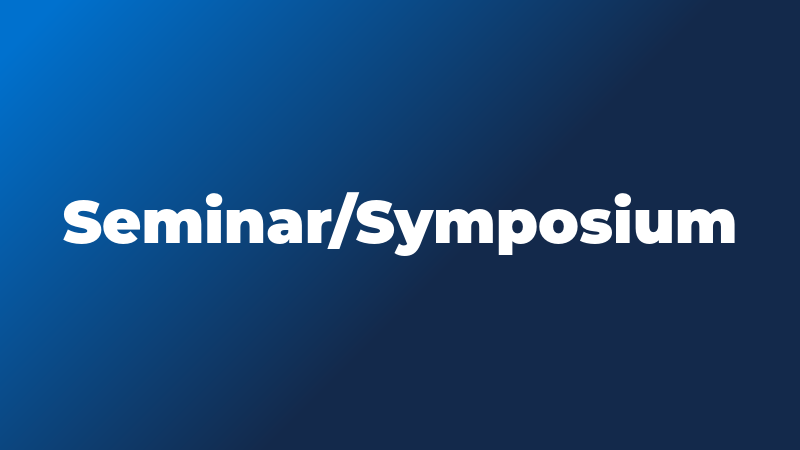PhD Final Defense for Kevin Wallington

- Sponsor
- Civil and Environmental Engineering
- Views
- 67
- Originating Calendar
- CEE Seminars and Conferences
Improving phosphorus management through coordinated watershed modelling and systems analysis
Advisor: Ximing Cai
Zoom: https://illinois.zoom.us/j/89818999151?pwd=L0N0YkRZQ01LVC90S2RwcUdUbDAyQT09
Meeting ID: 898 1899 9151
Password: 130953
Abstract
Phosphorus (P) management is a challenging problem bridging energy, agricultural, and environmental sectors. While P fertilizer has been critical to achieving high crop yields, P fertilizer runoff and P discharge from agricultural processing facilities also contribute to harmful algae blooms and hypoxia. Moreover, “legacy” P lingers in watersheds and can sustain high P loads long after remediation begins. This dissertation provides new tools, techniques, and insights to better understand (1) the dynamics of legacy P and (2) how and when water quality and crop production targets can be reached.
At the watershed scale, estimates for the lag times induced by in-stream P legacies have been especially abstract and understated. Existing watershed models have not been capable of providing more concrete estimates because existing models overlook or oversimplify in-stream P processes. As our first objective, we update the latest release of the Soil and Water Assessment Tool (SWAT+), a widely used watershed management model, to better represent in-stream P retention and remobilization (SWAT+P.R&R). SWAT+P.R&R improves the representation of internal model fluxes and, in a first diagnostic analysis, helps reconcile in-stream P retention theory (that P is retained at low flows and remobilized at high flows) and a discordant dataset in the Upper Sangamon River watershed (USRW) – a point source impacted watershed in the U.S. corn belt.
We then leverage SWAT+P.R&R to evaluate the magnitude, longevity, and spatial cascade of legacy P remobilization in the USRW. Our results illustrate the “spiraling recovery” of P loads after a hypothetical point source remediation, where locations further downstream take longer to recover to baseline load levels. At the watershed outlet, in-stream legacy P contributions are equivalent to 30% of the baseline average annual P loads for three years after remediation. While some prior research suggests that in-stream legacies last less than one year, our results show that in-stream legacies do not approach exhaustion (95% remobilized) until at least 9 years after remediation.
Finally, through reachability analysis, we characterize the minimum time until a combined P loss reduction and crop nutrient target can be hit. In contrast to existing legacy P studies that use simulation-based scenario analysis, reachability analysis back-propagates a “target set” for the system and describes the set of all initial conditions from which the target can be reached within a given horizon. In addition, our analysis shows that the optimal fertilizer rate strategy is, in general, bang-bang (meaning the rate is either at its minimum or maximum) and characterizes the trade-off between an interim crop nutrient deficit and the minimum hitting time for the joint target. Our results indicate it will take 41 years to reach the combined P loss reduction and crop nutrient requirements, compared to 27 years to reach the loss reduction target only. If crop nutrient requirements are to be met in the interim, it could take years or decades longer to reach the combined terminal target.
The tools and techniques developed here are of broader value to the research and management communities, as SWAT+P.R&R can be applied for other watersheds and our reachability analysis can serve as a template for other water resource systems problems. Overall, the tools, techniques, and insights provided in this dissertation can help equip watershed researchers and managers to more accurately recognize the challenges they face with regard to legacy P and set a course toward realistic management targets.